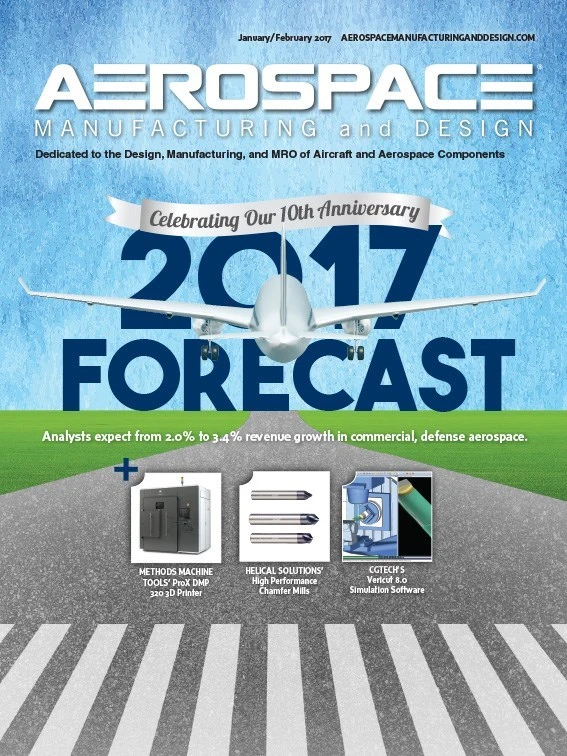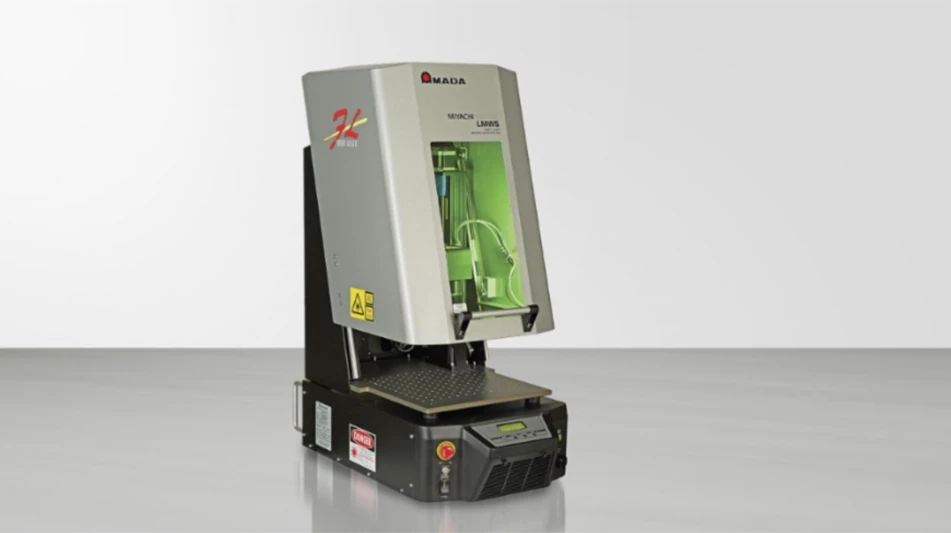
GHP-series single-, double-, and triple-stage National Electrical Manufacturers Association (NEMA) gearheads and GHC units use a two-piece design with up to 30hp capacity. Mounting arrangements include up to a NEMA 256 and specials can be produced to International Electrotechnical Commission (IEC) specs.
GHP and GHC gearheads can be used for a range of material handling equipment. Lightweight aluminum housings reduce weight by up to 50%, creating a premium power density. GHP planetary gearheads are up to 40% shorter than conventional models.
Gearing Solutions

Multi-axis, automated alignment system
SiP System automated alignment engines for silicon photonics applications include 3- to 6-axis mechanisms, controllers with firmware-based alignment algorithms, and software tools. Designed for high-accuracy demands of packing, planar testing, or inspection applications, the stiff, stacked, multi-axis systems and parallel-kinematics 6 degrees of freedom (DoF) systems achieve alignment times of less than 1 second for single and double-sided alignment tasks. All axes are driven by one controller or software interface using one global coordinate system.
Physik Instrumente (PI)
Robotic spending to reach $188B by 2020

Worldwide spending on robotics and related services will more than double by 2020, growing from $91.5 billion in 2016 to more than $188 billion in 2020, according to the updated Worldwide Commercial Robotics Spending Guide from IDC.
More than half of all robotics spending comes from manufacturing, with discrete manufacturing delivering 31% and process manufacturing providing 28% of the worldwide total in 2016. This situation will remain relatively unchanged throughout the forecast with the two industries investing nearly $110 million in robotics in 2020. The leading robotics uses in discrete manufacturing are assembly, welding, and painting.
“Robotics is now an integral part of industry transformation, which has brought about significant improvement in operational agility and efficiency in both developed and emerging markets,” says Jing Bing Zhang, research director, robotics at IDC Manufacturing Insights.
Purchases of robotics systems, which include consumer, industrial, and service robots, and after-market robotic hardware will total more than $40 billion in 2016. Services-related spending, applications management, education & training, hardware deployment, systems integration, and consulting – will come to more than $20 billion in 2016. The fastest growing segments of robotics spending are drones and after-market drone hardware, which will grow to nearly $20 billion in 2020.
Asia Pacific (APAC), including Japan, will account for more than two-thirds of total robotics spending throughout the forecast. Europe, the Middle East, and Africa (EMEA) is the second largest region with expenditures of $14.7 billion in 2016, followed by the Americas with 2016 spending at $12.9 billion. Robotics spending will more than double in APAC throughout 2015-2020, making it the fastest growing region followed by the Americas, which will edge ahead of EMEA in total spending by 2018.
International Data Corp (IDC)
Get curated news on YOUR industry.
Enter your email to receive our newsletters.
Explore the January February 2017 Issue
Check out more from this issue and find your next story to read.
Latest from Aerospace Manufacturing and Design
- GE Aerospace secures Air Force engine contract
- Thomson Industries' online sizing and selection tool
- #53 - Manufacturing Matters - 2024 Leaders in Manufacturing Roundtable
- Join us for insights on one of the hottest topics in manufacturing!
- You can still register for March’s Manufacturing Lunch + Learn!
- Ohio creates Youngstown Innovation Hub for Aerospace and Defense
- Tormach’s Chip Conveyor Kit for the 1500MX CNC Mill
- How to Reduce First Article Inspection Creation Time by 70% to 90% with DISCUS Software






